What Is a Spam Link?
A spam link is any link that was added to a page in an effort to trick search engines and affect how websites are ranked in search results.
These links fall into two main categories:
- Self-created spam links: This is when you improperly create or acquire links in the hopes of boosting your own site’s rankings. You might be tempted to buy links from other sites, trade links with other website owners, or add links to comments in blogs and forums.
- Negative SEO: This is when someone maliciously creates spam links with the intention of harming your site’s rankings. They do this by creating many low-quality links pointing to your site.
In this article, we’ll cover how to address issues stemming from link spam. But first, let’s go over some basics.
How Do Spam Links Affect SEO?
The impact spam links have on your SEO can be harmful or insignificant. It depends on whether you’re creating them yourself or if they’re part of a negative SEO attack against your site.
If you’re creating spam links to boost your own site, you’re likely to face consequences.
Search engines like Google are good at spotting these links. And may lower your site’s rankings or even apply penalties (like the ones below) that make it much harder for your site to appear in search results.
This can reduce your visibility and traffic.
But if someone is creating spam links to attack your site, you likely won’t see any impact on search rankings.
Why?
Because Google does a good job of recognizing these negative SEO attempts. So, they’ll simply ignore these spammy links rather than penalizing your site for them.
How Link Spam Is Generated
Here are some common bad practices used to create spam links:
- Buying links: Some website owners pay other sites to link to them. This is against Google’s policies.
- Link farms: These are groups of websites that link to each other solely in an effort to boost rankings. Engaging in this doesn’t offer real value to users and won’t improve your rankings.
- Comment spam: This involves leaving comments on blogs or forums with links back to your site. Often, these comments don’t add to the discussion. Plus, many comment sections automatically add an attribute telling Google not to pass authority to these links.
- Automated links: Using software to quickly create as many links as possible is another spam tactic. These links are often low quality and easily detected by Google.
- Irrelevant directory submissions: Submitting your site to many unrelated directories just for links is considered spam
- Widget spam: Creating widgets with embedded links and encouraging other websites to use them to gain backlinks is considered spam
- Link exchanges: When websites agree to link to each other as a way to improve rankings, that reciprocal linking is often seen as manipulative
- PBN links: Private Blog Networks (PBNs) are groups of websites whose sole purpose is to provide links to another website. Having links from PBN networks is seen as spam.
- Guest posting abuse: While guest posting can be a legitimate way to gain quality backlinks, some overuse it by writing low-quality content just to get links. Or publish guest posts on unrelated sites.
All these methods are shortcuts. And can seriously harm your website’s rankings.
How to Find & Address Spammy Links
Now that you know more about link spam and the different types, we’re going to walk you through how to check your site for spam links.
1. Review Your Link Profile
Use Semrush’s Backlink Audit tool to get a clear picture of your site’s backlink profile. So you can decide whether you need to take action.
Open the tool, enter your domain name, and click “Start Backlink Audit.”

Make sure the tool is set to scan your entire website. And click “Start Backlink Audit” again.
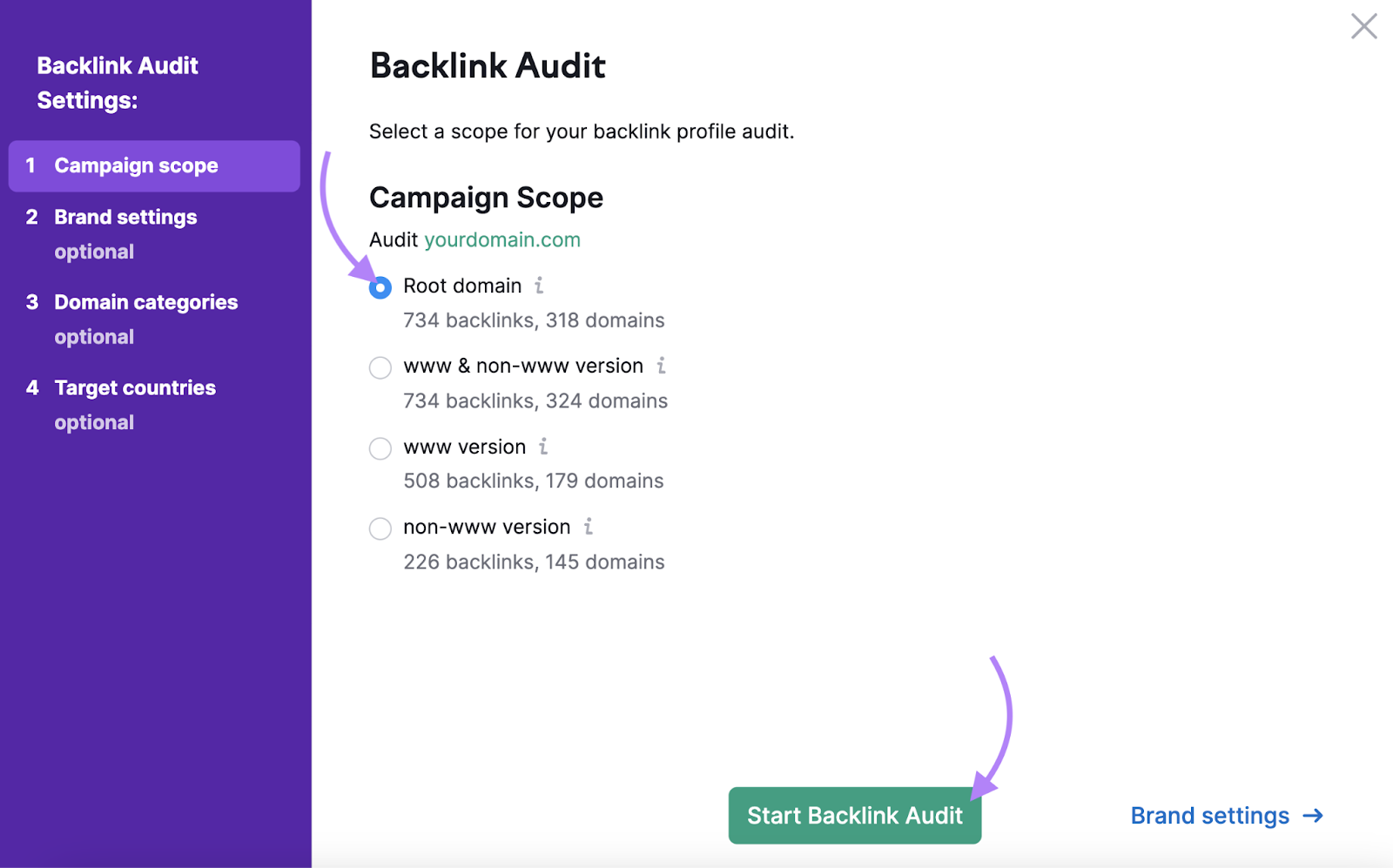
Once the tool is ready, go to the “Audit” tab. And you’ll get a list of all the backlinks pointing to your site.
This list includes details about each link, such as the source URL (where it’s from), target URL (where it’s pointing), anchor text (the text the link is placed on), and toxicity score (TS).
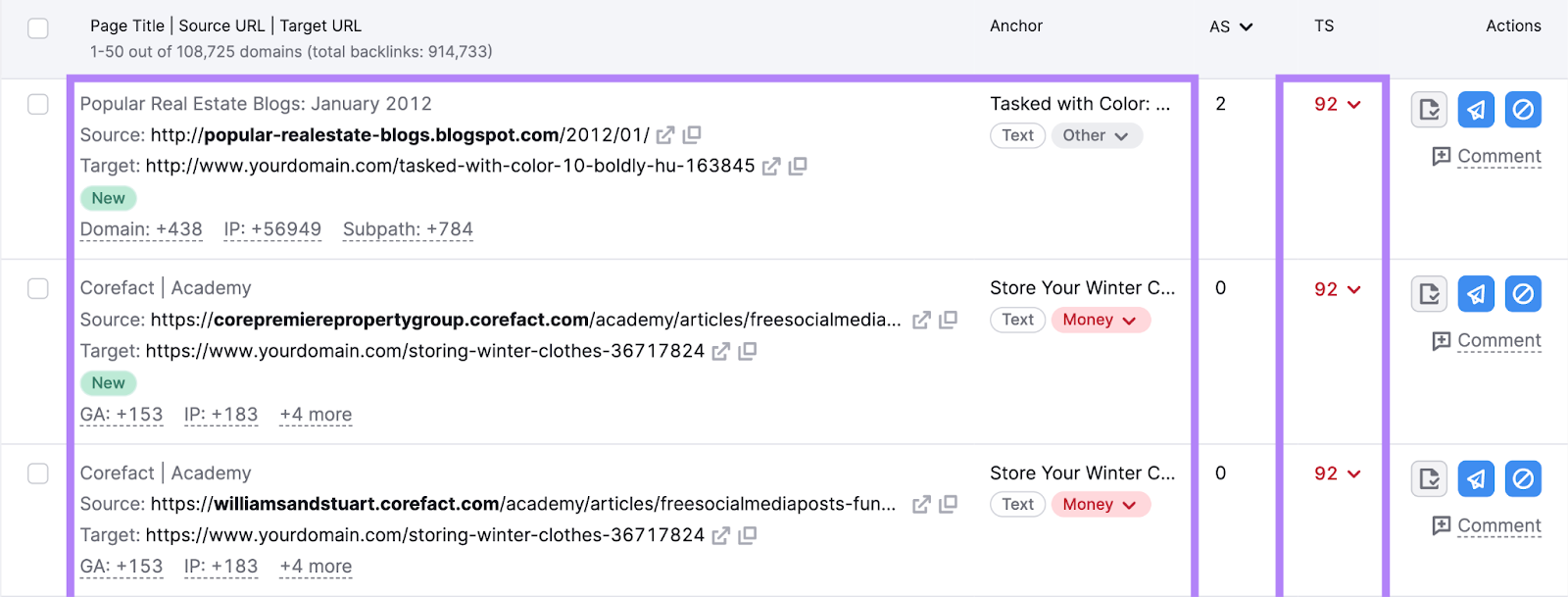
The Toxicity Score metric is particularly useful here. It ranges from 0 to 100, with higher scores indicating a greater likelihood that the link in question is potentially harmful.
Pay attention to any links with notably high scores. And try to find out whether they’re the result of a negative SEO attack.
To do this, look for a sudden influx of low-quality links pointing to your site.
Just go to the “Overview” tab, scroll to the graph, click “Profile Dynamic,” and uncheck the box next to “Referring domains.” And look to see if there’s a sharp spike.

If there’s no spike, you don’t need to worry and can skip the next two steps. Because Google is generally good at recognizing and ignoring negative SEO attacks and similar spammy links.
But if you’ve built spammy links yourself, you may need to take action to disavow them.
2. Create a Disavow File (If Needed)
A disavow file tells Google which links you want them to ignore when determining your site’s rankings. To minimize their harmful impact.
You should use this file when and only when both of these statements are true:
- You’ve engaged in manipulative link building tactics and want to disavow those spammy links
- You’ve received or are likely to receive a manual action—a penalty indicating you’ve violated Google’s guidelines
To check for manual actions, log in to Google Search Console and go to “Security & Manual Actions”> “Manual Actions.”
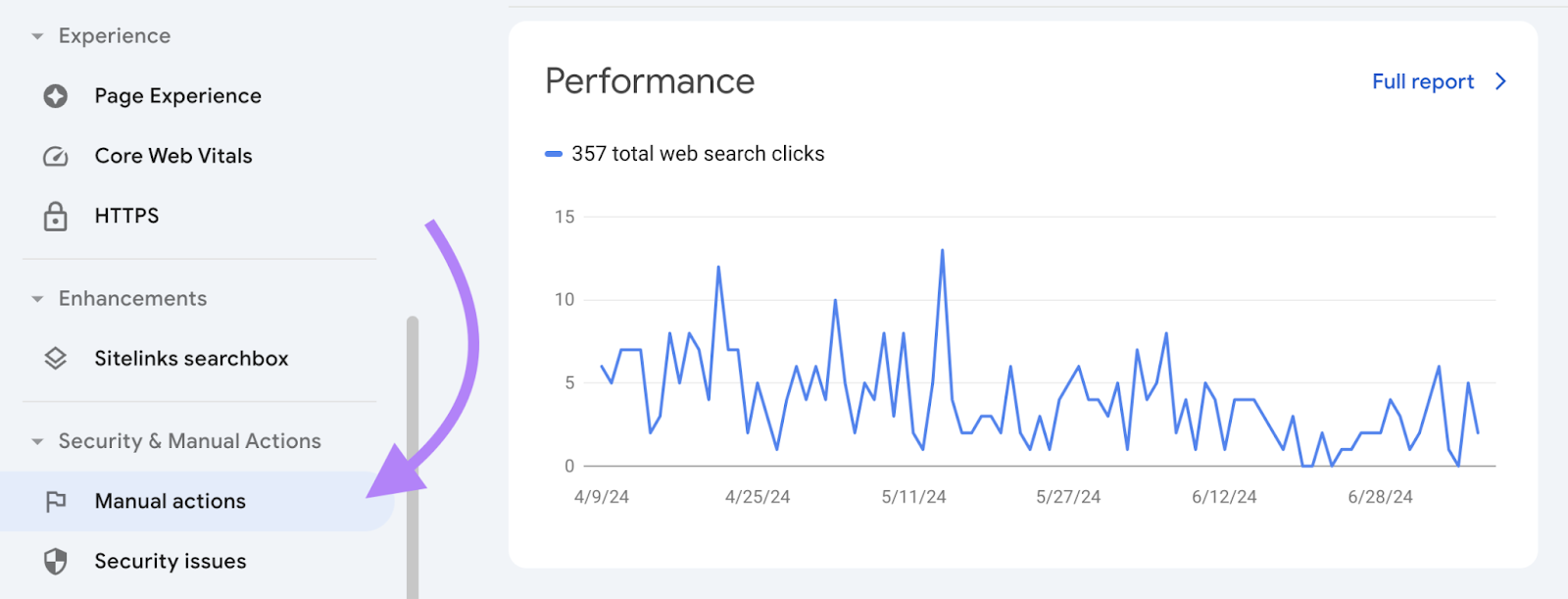
If there are no manual actions listed, you’ll see a green check mark indicating “No issues detected.” Which usually means no further action is needed.

But if you see issues or think it’s likely you’ll receive a manual action in the future, you’ll want to disavow those spammy links.
Go to the same “Audit” report in Semrush’s Backlink Audit tool, select the links you want to disavow, and click “Disavow” > “URL” > “Move to Disavow.”
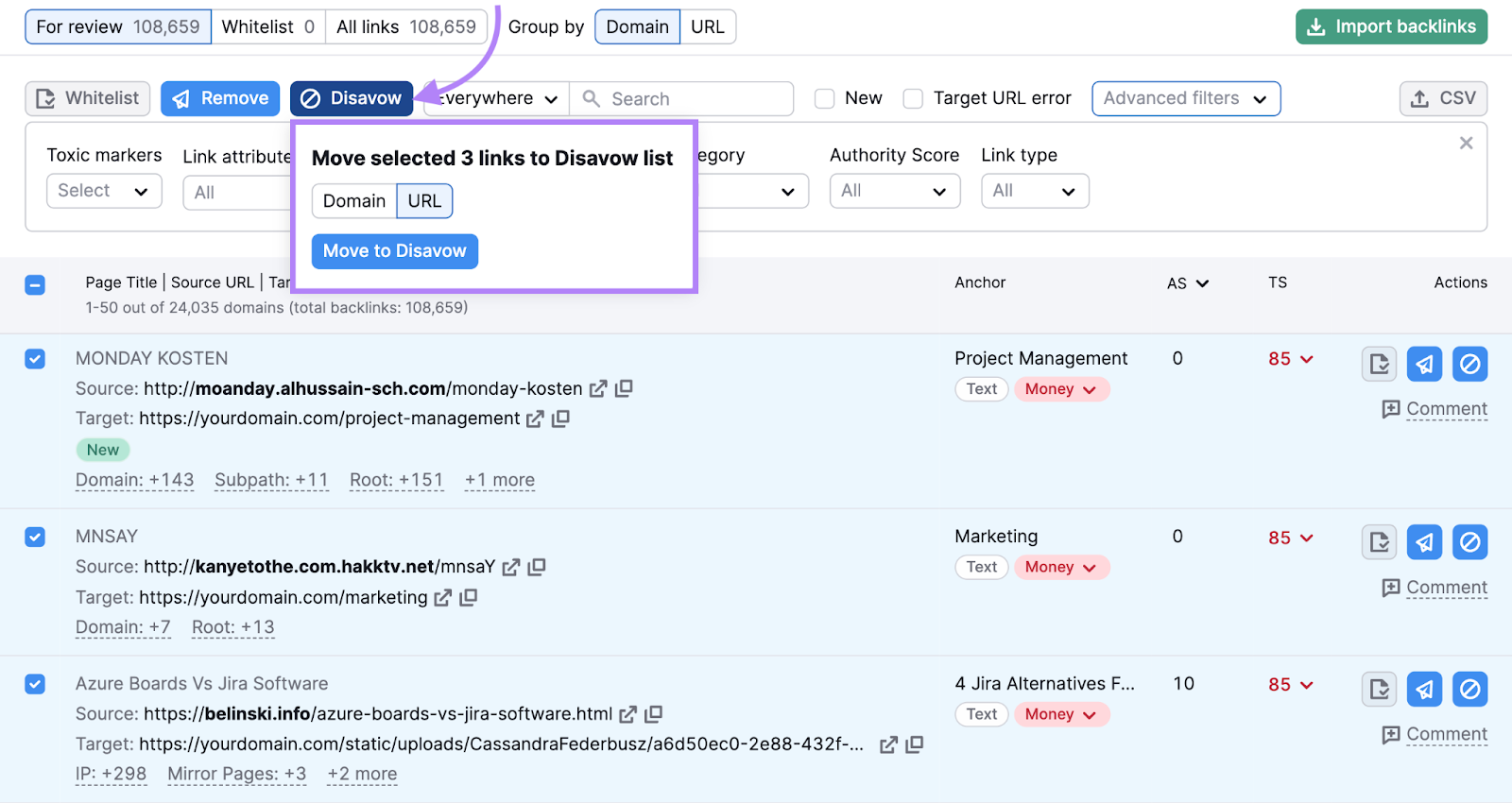
Then go to the “Disavow” tab. This shows all the links you’ve flagged to be disavowed.
Export the disavow list in TXT format by clicking the export button.
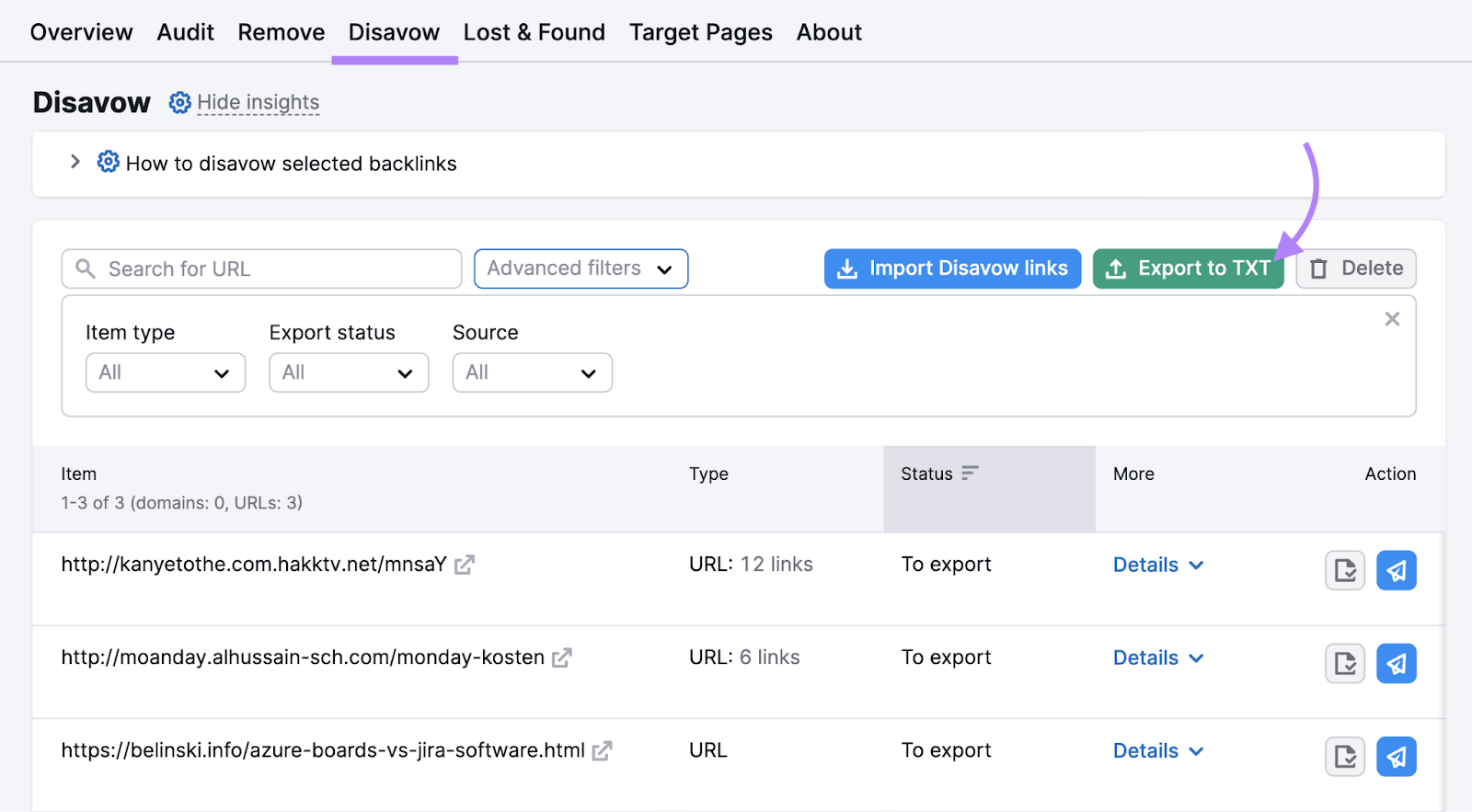
3. Submit Your File to Google (If Needed)
If you’re proceeding with disavowing, upload your file to Google’s Disavow Tool.
Open the tool, select your property (website) from the drop-down menu, and click the “Upload disavow list” button
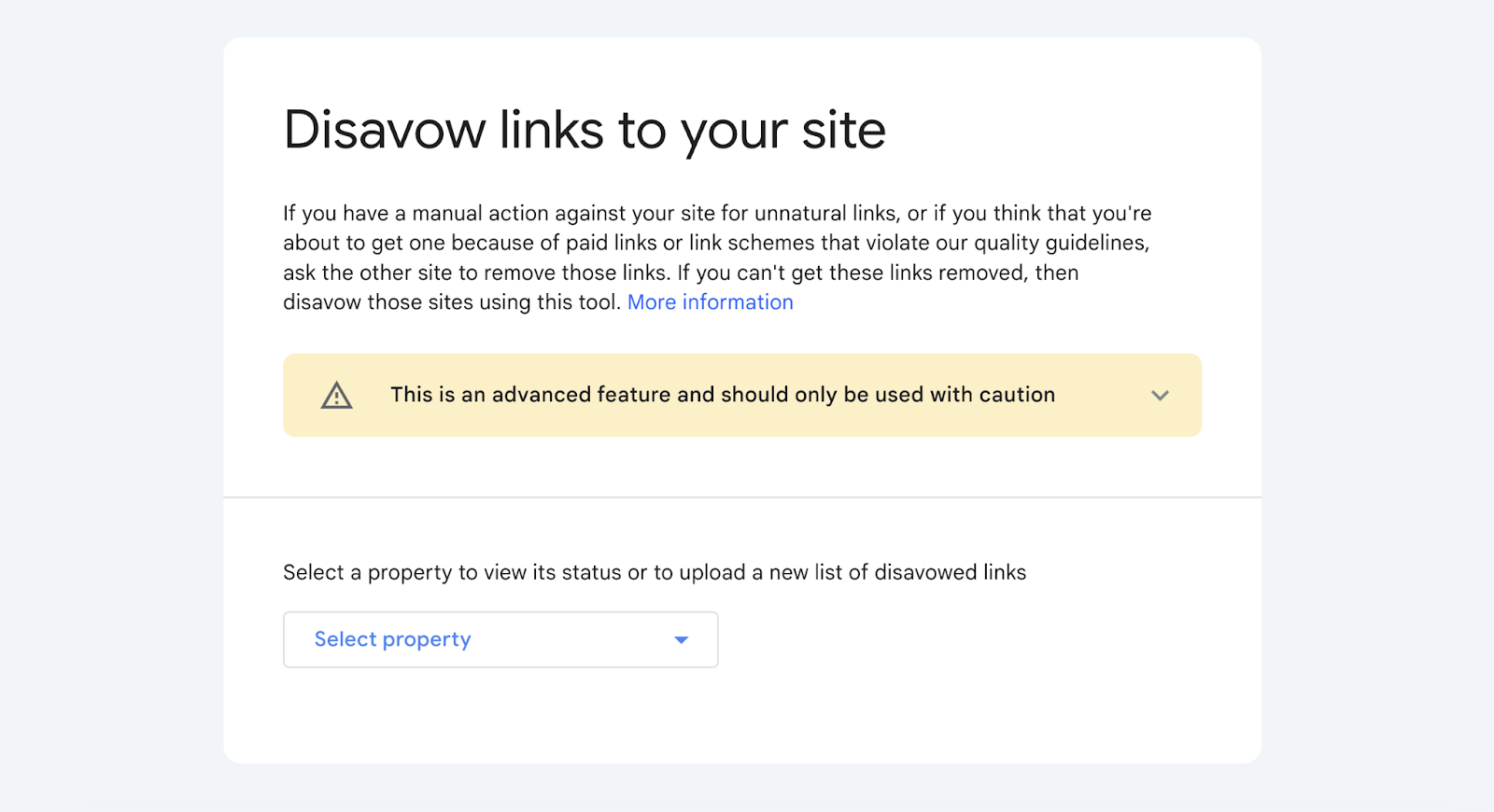
Then, select the TXT file you exported from the Backlink Audit tool.
Google will then use your disavow file when indexing, and that process can take a few weeks.
You won’t receive a notification when it’s done, but you can monitor your SEO performance to look for positive changes.
How to Earn Quality Backlinks (and Avoid Link Spam)
Instead of resorting to spammy tactics that can harm your site, focus on earning high-quality backlinks through legitimate means.
Below, we’ll explore three effective tactics for earning quality backlinks:
Ask for Links
Contacting website owners and asking them to link to your website can be a great backlink building tactic—when done right.
There are two main reasons why they might agree to this:
- You have something on your website their readers would like
- They need to give you credit for information they’ve used
To find good websites to reach out to, use Semrush’s Link Building Tool.
Set up a project in the tool.
Then, go to the “Prospects” tab.
Look at the list of suggested websites to decide which ones you want to contact, check the boxes next to them, and click the “To In Progress” button.
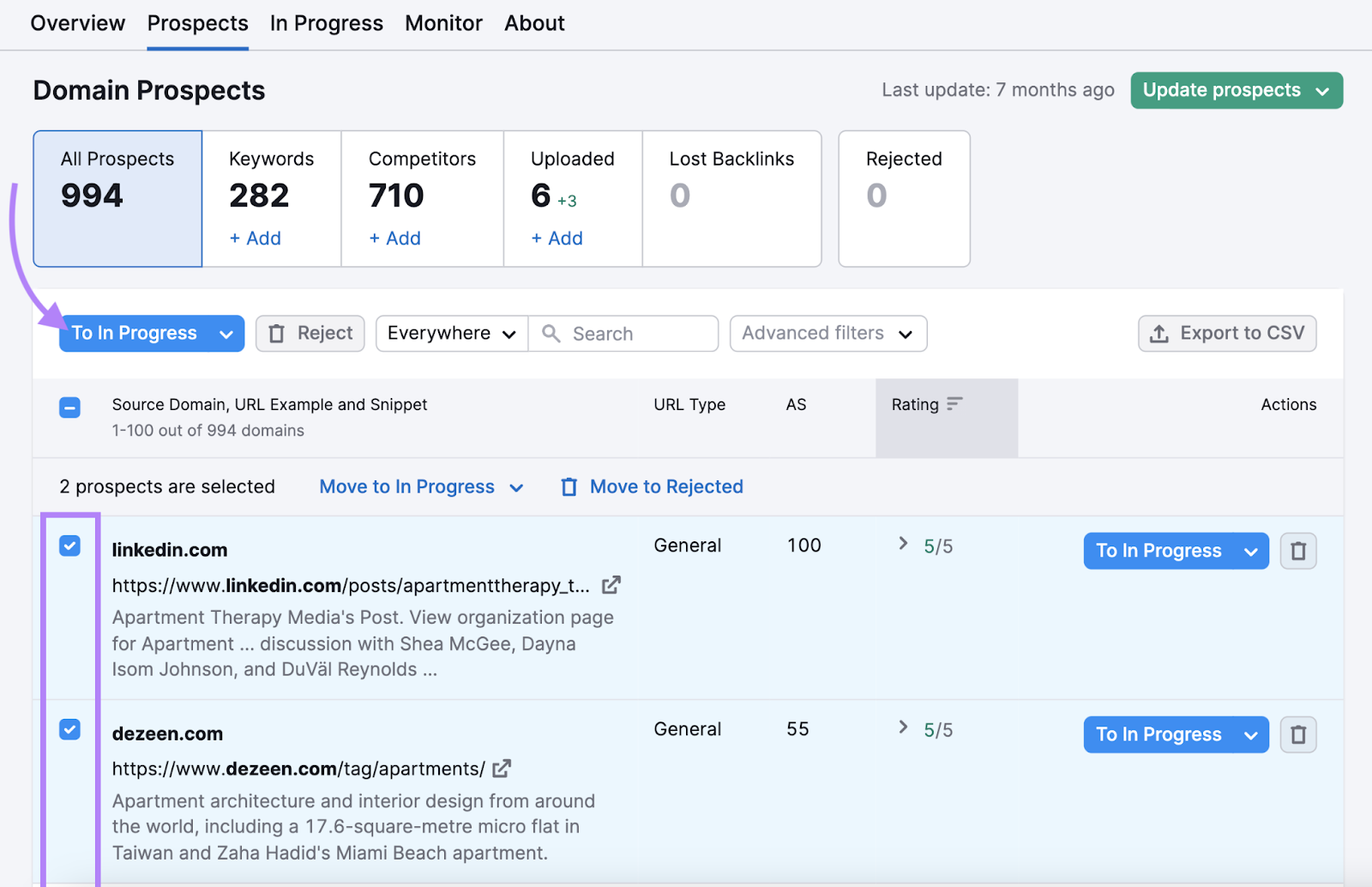
From there, it’s easy to contact websites (via email) within the tool itself.
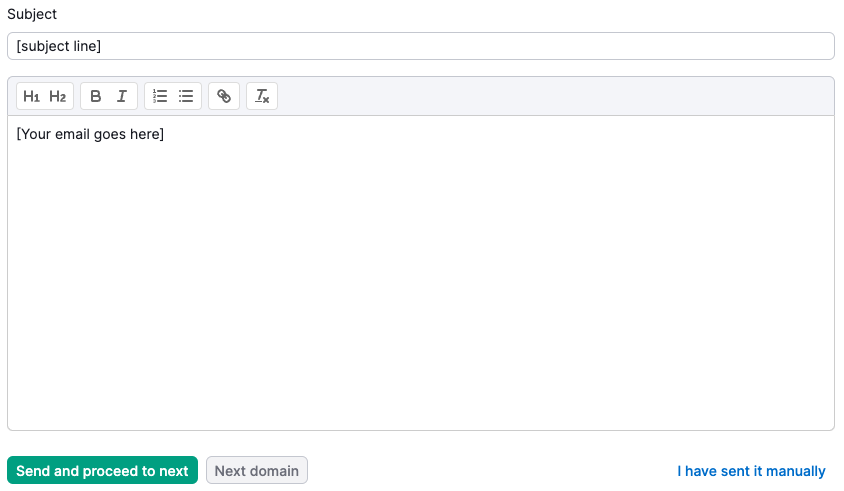
If you need any advice on crafting an effective link request, check out our email outreach guide.
Respond to Journalists’ Queries
Serving as a subject matter expert for journalists and other writers can be a good way to gain backlinks. Because if they credit you as a source, they’ll often provide a link to your website.
Like this:

You can do this by signing up for a service like Connectively or Qwoted.
Keep an eye out for requests for insights that you’re genuinely an expert on. Then, respond promptly and follow any special directions to increase the **** of being selected.
Create Linkable Assets
Linkable assets are pieces of quality content that naturally attract links. Because they’re valuable resources that others in your industry want to share with their audiences.
Here are some types of linkable assets:
- Original research
- In-depth guides
- Infographics
- Free tools or calculator
A great example is our Digital Horizons report:
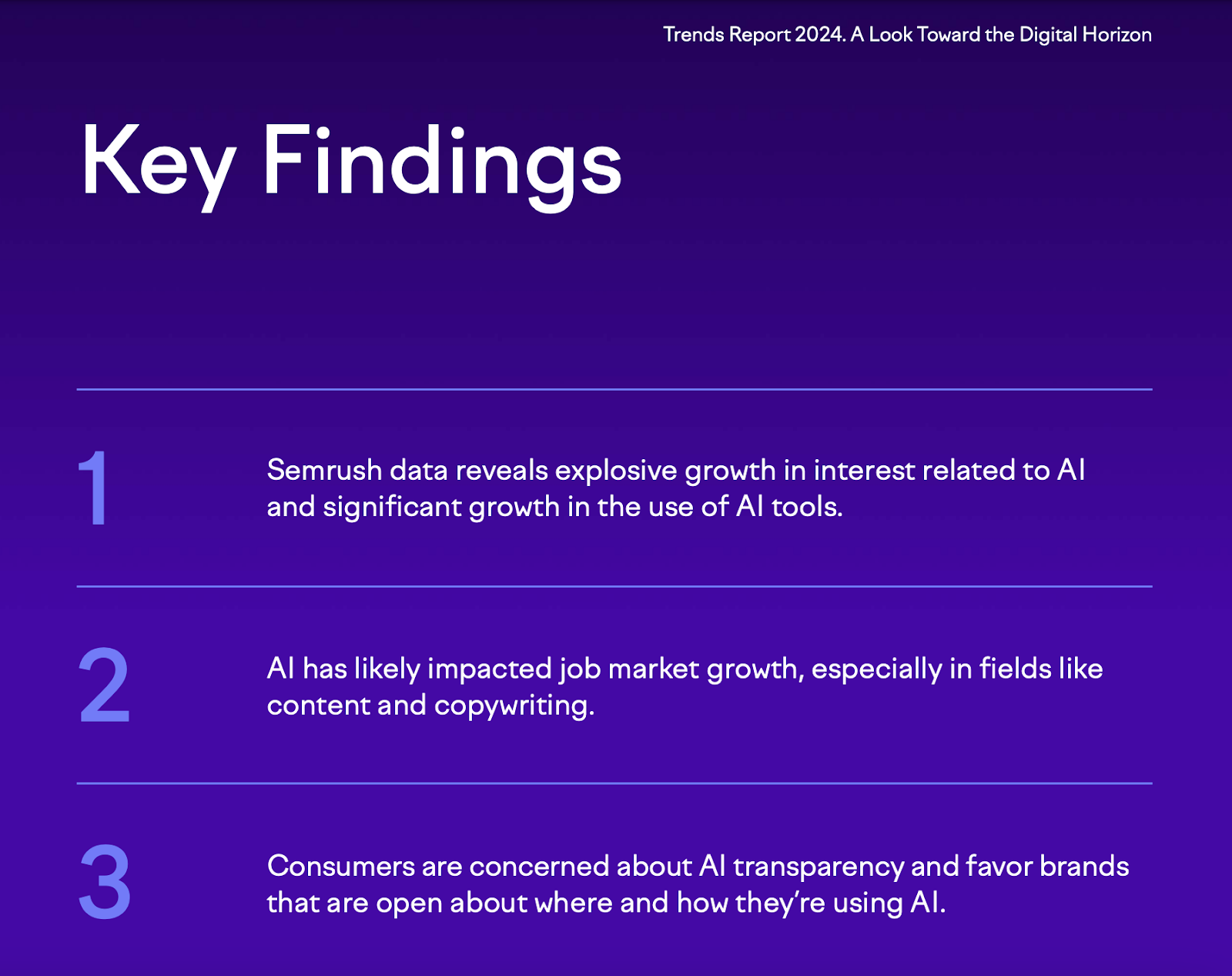
It’s a piece of content that’s full of data points and insights our audience won’t be able to find anywhere else.
Creating linkable assets like this (that are related to your industry) could be a great way to earn backlinks. Especially if you promote in your email newsletter, share it with relevant influencers, and post about it on social media.
Like we did with this LinkedIn post teasing the same report:
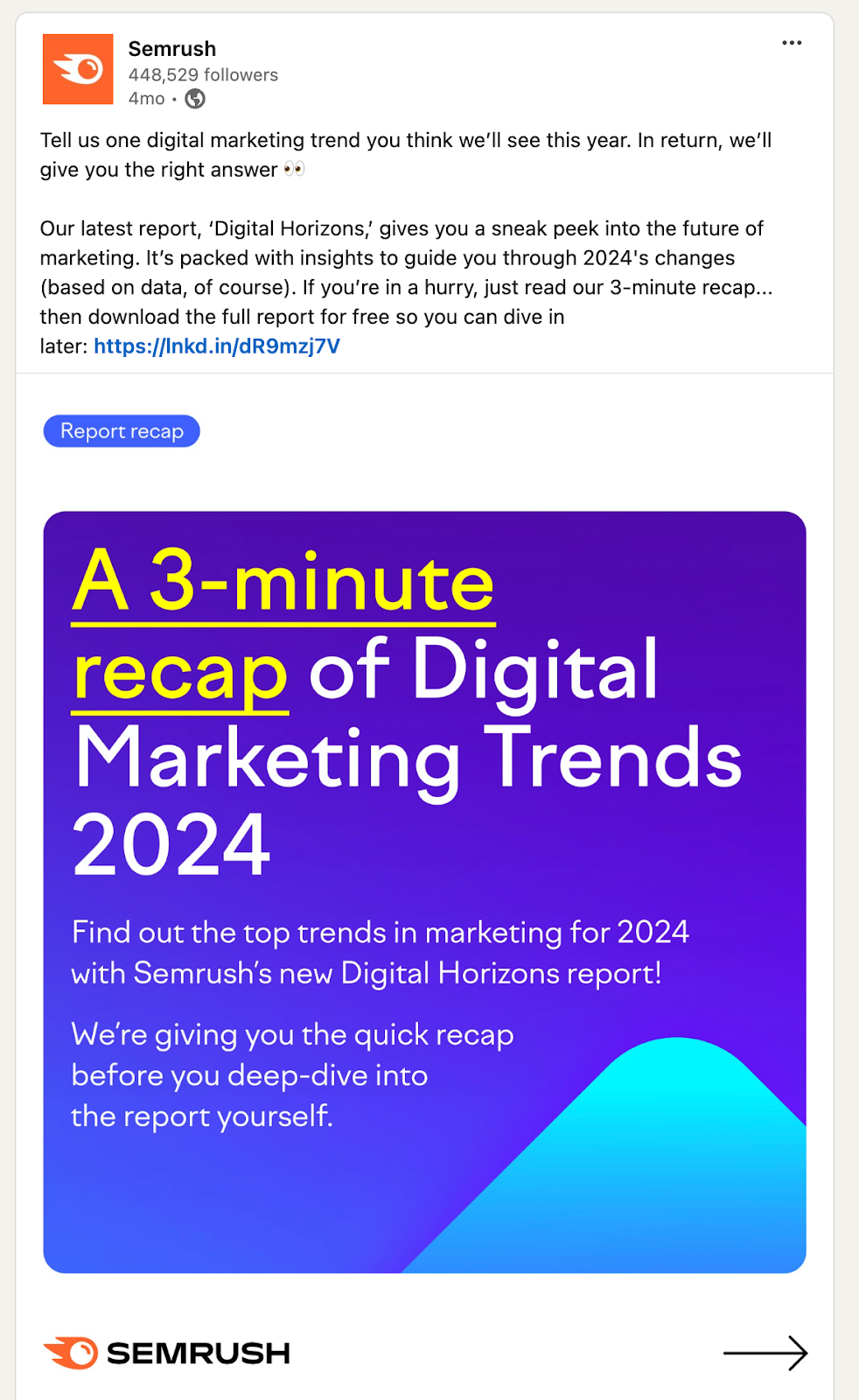
Build High-Quality Links to Your Site
Don’t waste time using spam tactics or worrying about negative SEO attacks. Instead, focus on earning backlinks through proven methods.
It’ll likely improve your SEO performance while ensuring you avoid the risks associated with spam links.
Thankfully, Semrush offers numerous tools to manage and grow your backlink profile.
Sign up today to try our tools.
Source link : Semrush.com
